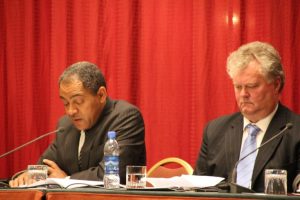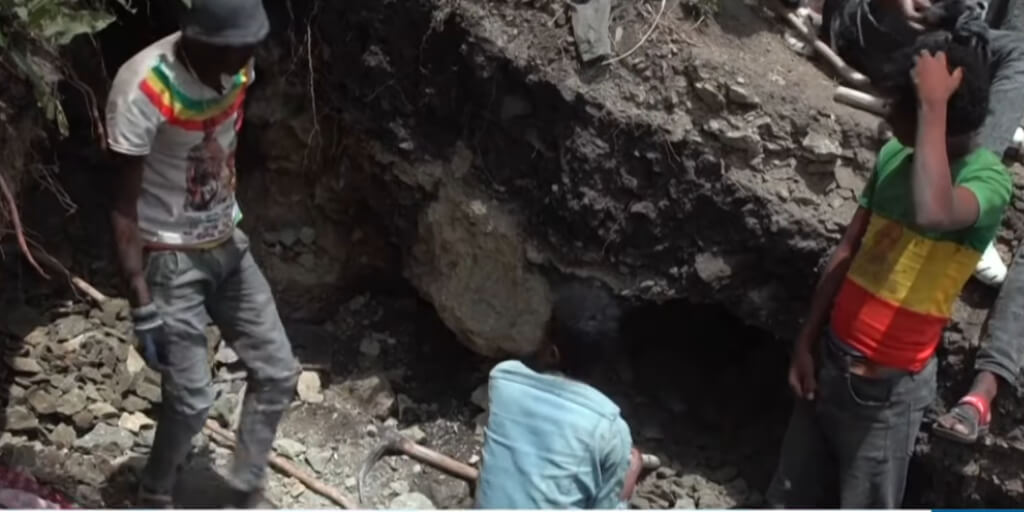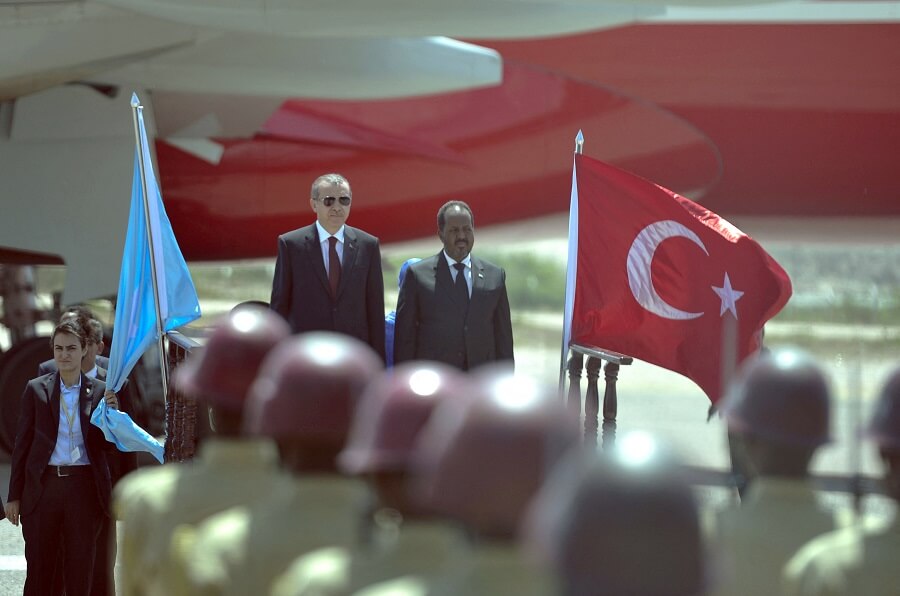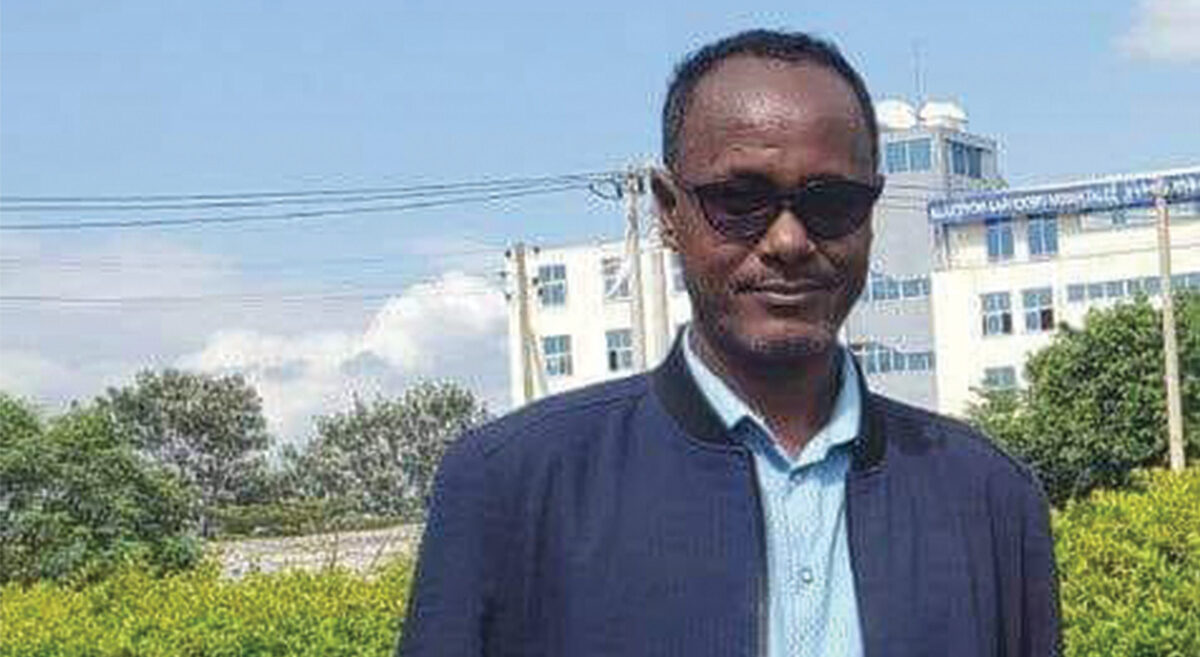Is Ethiopia ready to make the best of renewable energy?
Ethiopian officials are pushing hard and fast to exploit the country’s abundant resource in renewable energy, but our editor-in-chief Tsedale Lemma argues a state monopoly, absence of a reliable document on Power Purchase Agreement (PPA) and Feed-In-Tariff (FIT) proclamation will make things tricky
Ethiopia is said to obtain its electricity from two sources: hydroelectric power plants and thermal power. The story of thermal, however, needs to be taken with a grain of salt, at least for the time being. According to the Geological Survey of Ethiopia (GSE), currently about 95% of Ethiopia’s electricity generation comes from hydro, while a mere 4.4 % and 0.4% of it is generated from thermal and geothermal respectively. All combined the country’s potential today stands at a mere 2, 268MW.
Although actual figures are hard to come by, conservative estimates put only 30 – 35% of the country’s near 90 million people as connected to electricity. The last comprehensive survey by the Central Statistics Agency (CSA) conducted in 2004 stated that 71.1% of the total households in Ethiopia use kerosene for lighting while the figure for firewood and electricity stands at 15.7% and 12.9% respectively. Undeniably the country’s power monopoly, the Ethiopian Electric Power Corporation (EEPCO), has done a significant amount of electrification over the last 12 years.Unfortunately however, not enough to reduce the consumption of energy from traditional sources mainly agricultural residues, wood and animal dung.
Owing to EEPCO’s inefficiency, resistance by those connected to electricity not to consume it other than for lighting bulbs, and sever power cuts, today Ethiopia’s per-capita consumption of electricity stands at 100 kWh while the same figure for the Sub-Saharan Africa is 510 kWh. GSE estimates that “biomass fuels meet 88 % of total energy consumed in the country.”
But if future plans are anything to go by the country’s electricity production capacity is expected to reach at a staggering 45,000MW in the coming few decades, of which 5000MW and 2000MW is expected to come from geothermal and wind power respectively. Put together, Ethiopia will have nearly double today’s total amount of consumption by the rest of the Sub-Saharan Africa. Undoubtedly, this will also change Ethiopia’s culture of electricity consumption significantly.
Come renewable
As part of the government’s long term plan renewable energy development programs are integrated into Ethiopia’s five-year Growth and Transformation Plan (GTP), well into its third year by now, through two separate programs: Nationally Appropriate Mitigation Actions (NAMA) and Climate Resilient Green Economy plan (CRGE) both aimed at creating green economy by as early as 2020.
In response to its ambitious plans and strategies, the government in Ethiopia is now pushing hard on its luck to exploit renewable energy sources that are abundantly available throughout the country. When launched in early 2011, the GTP planned to increase the power generation capacity of the country from 2000MW to 10,000 MW by the end of the program in 2015. Two years to hit the deadline, Ethiopia has achieved only a mere 268MW increase from its planned capacity.
AT 5000MW total capacity, geothermal is the second largest source of energy next to hydro. “Of the 120 localities within the rift system that are believed to have independent heating and circulation systems, about two dozen are judged to have potential for high enthalpy resource development, including for electricity generation,” says GSE, “the Rift in Ethiopia has created a conducive environment for the existence of geothermal resources and covers an area of about 150,000 km2 that is close to 12% of the total land area.” The GTP puts the share of power from geothermal sources to be somewhere between 450 – 675MW from six selected prospects by 2020.
Numbers do what numbers do best

But so far, the best the country has done is to put the statistical estimates of future potentials, especially its potential for renewable energy, and hope for it to come true. While the constructions of a few hydro electric power stations are underway, including the controversial 6000MW Great Ethiopian Renaissance Dam (GERD), Africa’s largest, progress on the renewable energy sector have lagged behind for two fundamental reasons.
First, Ethiopia’s electricity utility is entirely controlled by the state. A vague institution, the Ethiopian Electric Agency (EEA), established in 2000, is tasked to oversee EEPCO, the country’s sole owner of generating, transmitting and distributing facilities on the grid. Although the Electricity Proclamation No. 86/1997 of June 1997 paved ways for the establishment of the Ethiopian Electricity Agency (EEA) as an autonomous federal government organ, the EEA was able to become operational only in the beginning of 2000 and at an alarmingly slow efficiency since then. Recently EEA changed its name and became known as the Ethiopian Energy Agency accountable to the Ministry of Water and Energy, but with no more effectiveness than its predecessor.
In EEA’s book there is no hint of a possible involvement by the private sector in any of the renewable energy sectors, yet it claims by the year 2015, “through enhanced regulatory capacity”, it will achieve 80% consumers’ satisfaction in electricity services & a 10%growth in energy efficiency & conservation. The truth remains, however, consistent power cuts have crippled the private sector and had hit hard the manufacturing sector that is performing by a mere 50% of its capacity due in large part to lack of power supply. Customer satisfaction is another story.
According to an expert in the sector, “total control by EEPCO means that investors cannot bring in equity. In reality this results in Engineering, Procurement and Construction (EPC) deals funded by foreign [perhaps] cheap loans to the Ethiopian state, [which] loads the state balance sheet with debt and reduces its ability to take on further debt.”
The state monopoly EEPCO may count on a number of advantages for keeping a tight control over the sector, but that is a costly calculation. Such decisions come at an incalculable cost to the nation of “the limitation of inflow of knowledge, capital, resources and competition,”said the expert who asked to remain anonymous, adding, this leaves the private sector with a mere option of “applying to tenders that EEPCO gives out often funded by donors.”
The government’s stubborn insistence in keeping control of the power utility defies elementary rules followed by many countries with similar economic and political terms like that of Ethiopia. A detailed research paper produced by the Ethio Resource Group as far back as 2009 on the risks and opportunities in the power sector cautioned: “Non-utility supplies are promoted in many countries for the expressed purpose of improving efficiency and competition in the power sector. In developing countries non-utility supplies are also promoted because states may not have sufficient financial, managerial and technical capacity to develop their resources.”
Second, for reasons mostly related to both bureaucratic inefficiency and political slackness there is no significant policy framework produced by the government in Ethiopia that encourages, unambiguously, neither the state monopoly EEPCO to act autonomously, nor the involvement of the private sector to come in where the state monopoly misses out. As of yet there has not been any official framework for a Power Purchase Agreement (PPA) or legal proclamation for a Feed-In-Tariff (FIT).
A January 2012 document by the Ministry of Water and Energy on “Scaling – up Renewable Energy Program” declared,“It is important to put in place a legal framework guaranteeing a level of tariff that will make [renewable energy investment] financially and economically attractive to develop,” and pledged to adopt FIT proclamation by the same year. A year and ten months later, however, the country has neither FIT proclamation, nor a clear document on PPA.
A US$4 billion worth confusion?
In the midst of this, in mid-November this year, Ethiopia signed a US$4 billion worth investment deal with American-Icelandic Company, Reykjavik Geothermal (RG), to develop 1000MW geothermal farm. RG is in the process of establishing Corbetti Geothermal Power as an “Ethiopian based company for geothermal development and operations.” According to the agreement, which drew glittering media headlines, RG will construct the 1000MW geothermal power project in two phases with the production of power from the first 500MW to go operational in the coming five years, followed by the other 500MW in eight years’ time.
There are too many reasons to be optimistic about this deal, not least because RG is a global company with a much needed expertise in the sector. The Corbetti geothermal prospect area is located around 250 km south of Addis Ababa. According to GSE, “Corbetti is a silicic volcano system within a 12 km wide caldera that contains widespread thermal activity such as fumaroles and steam vents.”
Although the deal puts the expected capacity of the Corbetti prospect area nearly double than was first detailed in the country’s GTP for a whole geothermal project capacity throughout the country, the GSE believes the area has everything that it takes to produce the ambitious amount.
However there are a number of cloudy details in this deal. First, in the absence of a legal FIT proclamation, it is safe to assume that RG is taking a daring venture into a risky and costly sector. Confusing reports in the local media mentioned certain tariff deals between the government and RG, but in an exclusive interview with this magazine on the day the document was signed, which some experts say was more of an MoU than a PPA deal, Gudmundur Thoroddsson, the CEO of RG, sounded not certain about the tariff his company would get for the concession when he said: “I don’t know if that is public yet, so I can’t comment. I simply don’t know if it is public.”
Debretsion G. Michael, Deputy Prime Minister for the economic and finance cluster and Minister of Communication and Information Technology, on his part said tariff deals were yet to be finalized. But ‘we have set an initial price and it is clear that it will not be as low a price as the price of electricity in this country is. But we haven’t finalized some legal documents so we will not disclose the details yet.” However, Debretsion was very clear that the deal will not be any more than a concession. “Our development strategy is that they only engage in production and not distribution. They can’t decide to whom to sell the power for example,” he told this magazine. Nejib Abba Biya, co-founder of RG, was not willing to disclose any more than the other two were willing to disclose either, “we agreed in principle with the Ethiopian government [that] they buy, we sell. We have agreed on certain terms, that is what we have signed today,” he said.
For a bystander, there should be nothing unclear or nothing to hide about a deal worth a US$4 billion at a stage that it is today. RG says it has already “secured geothermal exploration license, carried out initial studies and field work and conducted detailed geological, geochemical and geophysical surveys in close collaboration with the GSE,” among others. What is true is that in Ethiopia power generation costs are significantly higher than the end consumer prices, “perpetuating the need for state subsidies and reducing EEPCO’s ability to invest,” according to our interviewee, “the tariff system needs to be adapted, making those who can [afford to pay] pay the real price (including depreciation and profit) and those who cannot [to be] subsidized. PPA and FIT have pushed the renewable energy agenda globally with a lot to be learnt from different countries. Ethiopia must create its own solution, just as other countries have done.”
Debretsion said all the necessary legal documents related to the government’s deal with RG will be finalized within the coming “three months,” but gave no hint at all if that means the country will have a clear PPA document and FIT proclamation ready.
Cover Photo: Dalul Ethiopia
Credit: National Geography







